For athletes, training is only half the story. The real gains come during recovery when the body repairs, adapts, and comes back stronger. Skipping or downplaying recovery leads to diminished returns: plateaus, overtraining, and injury. Today, recovery is becoming smarter combining time-honored tools (like sleep) with biometric feedback (heart rate variability, HRV) and neurotechnologies (like neuroVIZR). Below, we break down how to harness all three for a complete, modern recovery plan.
Why Recovery Is as Important as Training
-
Adaptation happens during rest, not during the session. Training provides the stressor; recovery lets the body respond, rebuild, and improve.
-
Without adequate recovery, athletes accumulate fatigue, leading to immune suppression, injury, or performance stagnation.
-
A strategic recovery plan helps maintain long-term consistency, resilience, and peak output.
Thus, recovery isn’t passive it’s an intentional, data-informed process.
You might like - Hey there, truth-seekers
Sleep: The Foundation of Recovery
Why Sleep Is Critical for Athletes
-
Sleep is when much of the body’s repair happens: tissue rebuilding, hormonal regulation (e.g. growth hormone release), memory consolidation, and immune system support.
-
In one notable experiment, collegiate basketball players extended sleep to 10 hours nightly and saw a 9 % improvement in shooting accuracy and 5 % faster sprints.
-
Across sports, better sleep correlates with sharper reaction times, improved mood, reduced injury risk, and enhanced endurance.
Common Barriers Athletes Face
-
Travel, jet lag, late-night games or training, inconsistent schedules
-
Over-arousal or “stimulation carryover” after intense sessions
-
Environmental issues (light, noise, temperature)
-
Caffeine, screens, and stress interfering with falling or staying asleep
Many elite athletes report sleeping only 6.5–7 hours per night below the ideal 8–10 hours for full recovery. (See reviews in sports medicine literature.)
Strategies for High-Quality Sleep
-
Consistent sleep window
Try to keep bedtime and wake time within ~30 minutes across days (including weekends). -
Optimize sleep environment
-
Cool room (≈ 18–20 °C)
-
Total darkness (blackout curtains or eye masks)
-
Quiet (earplugs, white noise)
-
Wind-down routines
Gentle stretching, breathing exercises, meditation, journaling anything to signal to the body “it’s time to sleep.” -
Screen and stimulant hygiene
Stop caffeine ~6–8 hours before sleep. Avoid screens (blue light) 60–90 minutes before bed. -
Naps with purpose
Short, strategic naps (20–30 minutes) can top up energy but avoid long naps late in the day that disrupt nighttime sleep. -
Use sleep tracking (if available)
Devices like Oura, Whoop, Garmin, etc., can give you data on sleep duration, efficiency, and stages (light / deep / REM). Use trends, not absolute values, to adjust training loads.
Heart Rate Variability (HRV): Smarter Recovery Sensing
What HRV Is (and Why It Matters)
Heart Rate Variability (HRV) is the variation in the time interval between consecutive heartbeats (R-R intervals). It provides a window into the balance of the autonomic nervous system (ANS) essentially, stress vs rest.
-
High HRV tends to indicate strong parasympathetic (rest & digest) responsiveness.
-
Low HRV may suggest increased sympathetic stress, fatigue, or insufficient recovery.
Because HRV reflects readiness and resilience, many coaches and athletes now use it to guide training decisions.
How Athletes Use HRV
-
Take a measurement first thing in the morning, before getting out of bed, when the body is least disturbed.
-
Don’t overreact to a single day’s drop look for weekly or multi-day trends.
-
Use HRV in context with subjective cues (energy, mood, soreness).
-
If HRV is persistently suppressed, downshift training intensity, add regenerative modalities, or rest.
It has become common in elite contexts (sports science labs, pro teams), but many wearables now allow personal-level tracking (Whoop, Oura, EliteHRV, Garmin).
Practical Tips
-
Use the same posture (lying down or seated) and measurement context (time, environment) each day.
-
Use median or rolling average (3–5 days) as your “baseline” rather than a single high/low value.
-
Don’t let HRV become a source of anxiety it’s a tool, not a judgment.
neuroVIZR: A New Frontier in Recovery & Nervous System Reset
What Is neuroVIZR?
neuroVIZR is a wellness technology combining light and sound stimulation to influence brainwave states. The idea is to “guide” neural activity toward restorative or adaptive states via sensory entrainment.
-
It uses flickering light (eyes closed) plus synchronized audio to nudge brain patterns.
-
The stimulation is dynamic (not static), aiming for engagement, not passive entrainment.
-
The brand reports improvements in calm scores, brain signal variability, and autonomic stress (HRV) in pilot or observational studies
Because neurotech is still emerging, evidence is limited and results vary. Some users report enhanced relaxation, better sleep, or more mental clarity; others have more muted or inconsistent results.
How neuroVIZR Might Help Recovery
-
Neurological reset: After intense training, sympathetic arousal may linger. neuroVIZR aims to accelerate a shift toward parasympathetic dominance (rest mode).
-
Mental recovery: It can help with cognitive fatigue, overthinking, or stress accumulation.
-
Sleep priming: A session before bed might help calm the mind and improve sleep onset or depth.
-
Brain flexibility / resilience: By offering novel sensory input, it may help break “stuck” neural patterns and promote adaptability.
Of course, this doesn’t replace foundational recovery tools it’s a supplemental option.
Cautions & Real-World Observations
-
Personal experiments have shown mixed results one user, using EEG, found that neuroVIZR’s Theta session decreased theta waves and increased beta (alertness) rather than deep relaxation.
-
The technology is relatively new and marketed as a wellness tool, not a medical or clinical device, so claims should be viewed cautiously.
-
People with seizure disorders or photosensitivity should exercise caution. Some manufacturers advise consulting a healthcare provider in such cases.
Integrating Sleep, HRV & neuroVIZR: A Smart Recovery Framework
Here’s how an athlete might build a daily or weekly recovery routine using all three tools in concert:
|
Recovery Pillar |
Key Goal |
Suggested Practices |
|
Sleep |
Core physiological repair |
8–10 hours nightly; consistent schedule; sleep hygiene; naps if needed |
|
HRV tracking |
Monitor readiness & adjust load |
Morning readings, trend-based adjustments, integrate with subjective metrics |
|
neuroVIZR sessions |
Reset nervous system & support mental recovery |
Use post-training, mid-day, or pre-bed; experiment with session types |
Sample Daily Flow (evening)
-
Training / session → cooldown / active recovery
-
Short neuroVIZR session (5–11 min) to shift into rest state
-
Wind-down routine (stretching, breathing)
-
Light exposure control, caffeine cut-off
-
Sleep
Weekly or Seasonal Adjustments
-
During heavier training blocks, lean more on neurotech, massage, cold therapy, etc.
-
On deload/weeks off, skip or reduce tech to let the body “reset naturally.”
-
Use HRV trends and subjective feedback to guide when to pull back or push harder.
Summary & Takeaways
-
Sleep is non-negotiable it remains the foundational recovery tool.
-
HRV gives real-time insight into your physiological readiness, letting you tailor load and rest intelligently.
-
neuroVIZR and similar neurotech offer promising synergies especially for mental and autonomic balance but should complement, not replace, core recovery practices.
Recovery should be treated as strategically as training. By weaving together sleep, biometrics, and neurostimulation, athletes can better safeguard against overtraining, unlock incremental benefits, and sustain high performance over the long haul.
References
-
Mah, C. D., Mah, K. E., Kezirian, E. J., & Dement, W. C. (2011). The effects of sleep extension on the athletic performance of collegiate basketball players. Sleep, 34(7), 943–950.
-
Walsh, N. P., Halson, S. L., Sargent, C., Roach, G. D., Nedelec, M., Gupta, L., & Carling, C. (2017). Sleep and the athlete: narrative review and 2021 expert consensus recommendations. Current Sports Medicine Reports, 16(6), 413–422.
-
Fullagar, H. H. K., Skorski, S., Duffield, R., Hammes, D., Coutts, A. J., & Meyer, T. (2015). Sleep and athletic performance: the effects of sleep loss on exercise performance, and physiological and cognitive responses to exercise. Sports Medicine, 45(2), 161–186.
-
Stanley, J., Peake, J. M., & Buchheit, M. (2019). Heart rate variability and training load: A review of the research. Frontiers in Physiology, 10, 243.
-
Plews, D. J., Laursen, P. B., Stanley, J., Kilding, A. E., & Buchheit, M. (2013). Training adaptation and heart rate variability in elite endurance athletes: Opening the door to effective monitoring. Sports Medicine, 43(9), 773–781.
-
Garcia-Gil, M., Polak, T., & McConnell, A. (2020). Effects of audiovisual stimulation on stress and mood regulation. Neuroscience & Biobehavioral Reviews, 113, 456–468.
-
NeuroVIZR official site: How NeuroVIZR Works. neurovizr.com
-
NeuroVIZR blog: Dr. Cody Rall MD on the Wellness Benefits of NeuroVIZR.
-
Mattr Bio Wellness Club: NeuroVIZR Overview. mattrbiowellnessclub.com
Medium: Exploring the Effects of NeuroVIZR’s Theta Brain Entrainment. medium.com

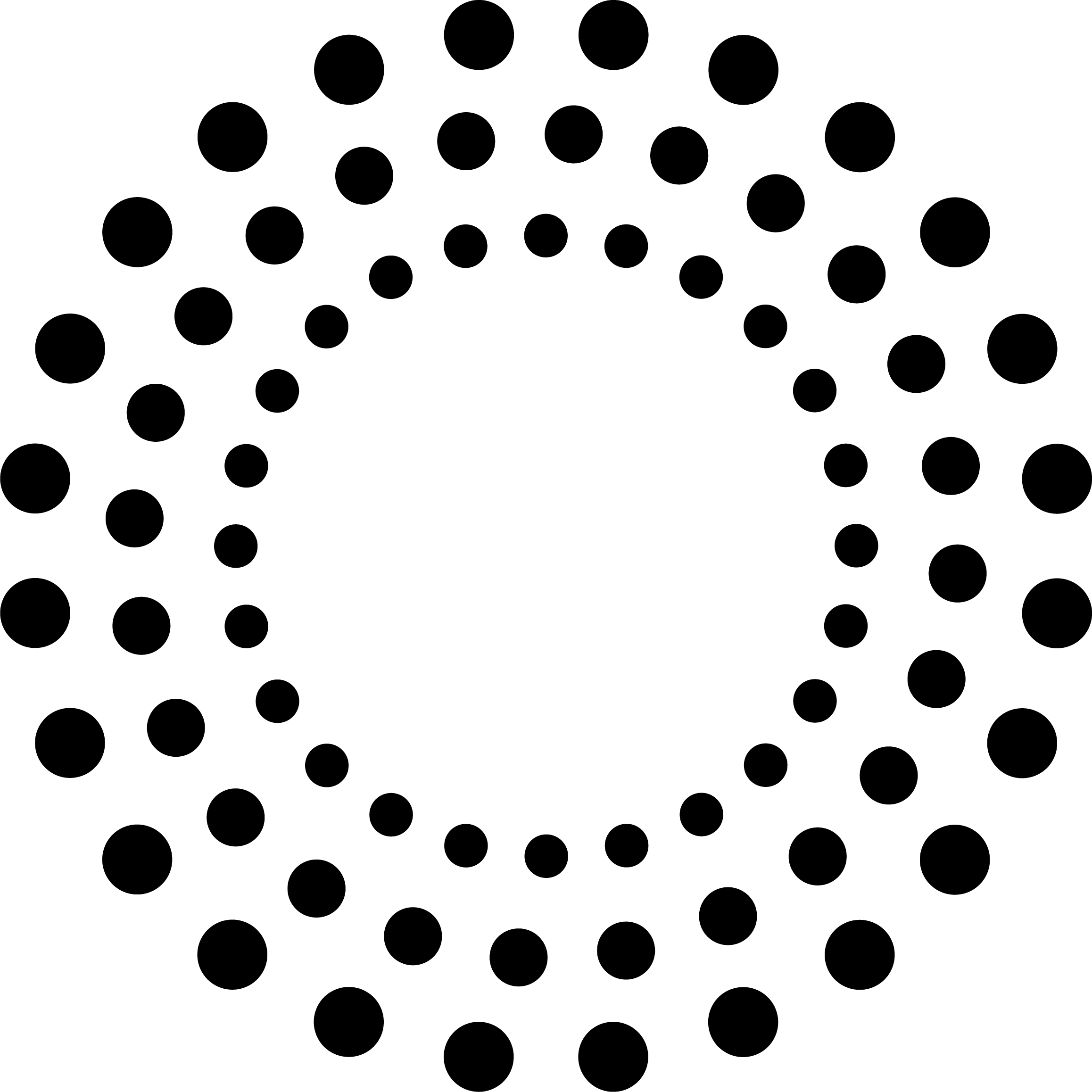

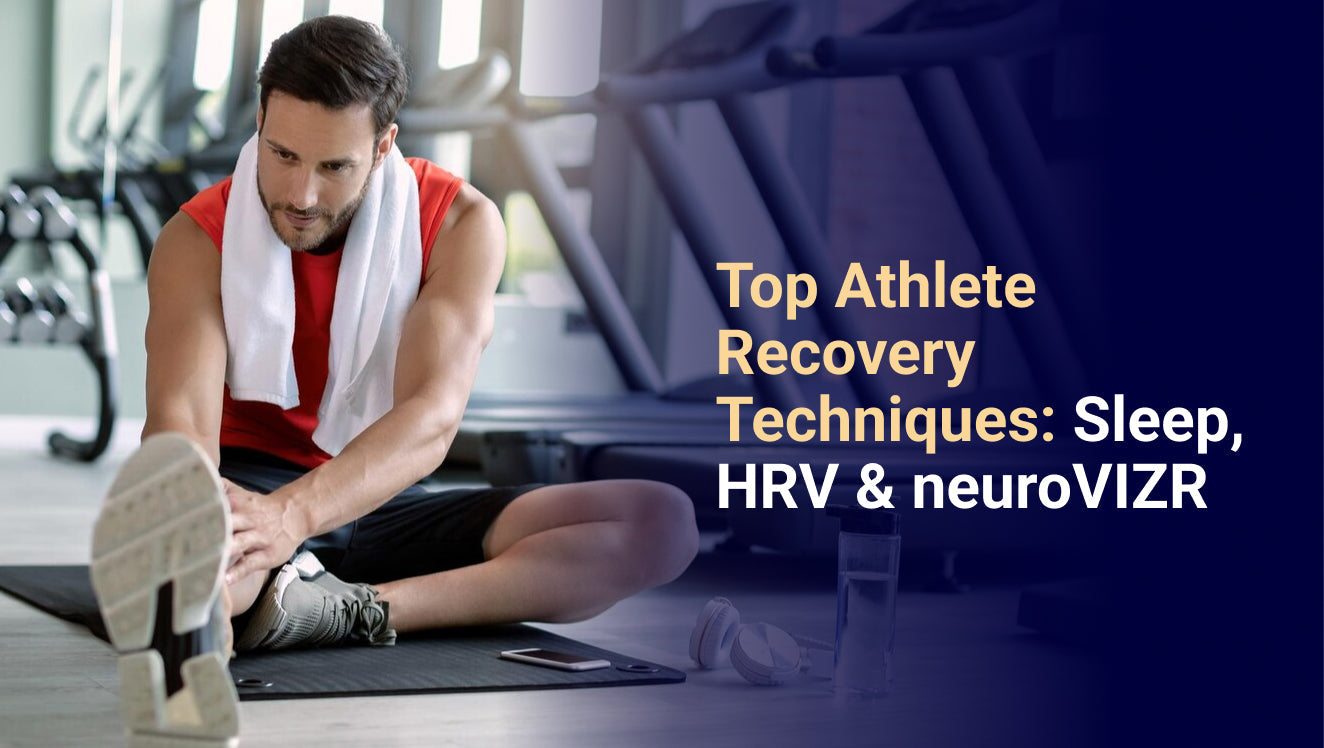

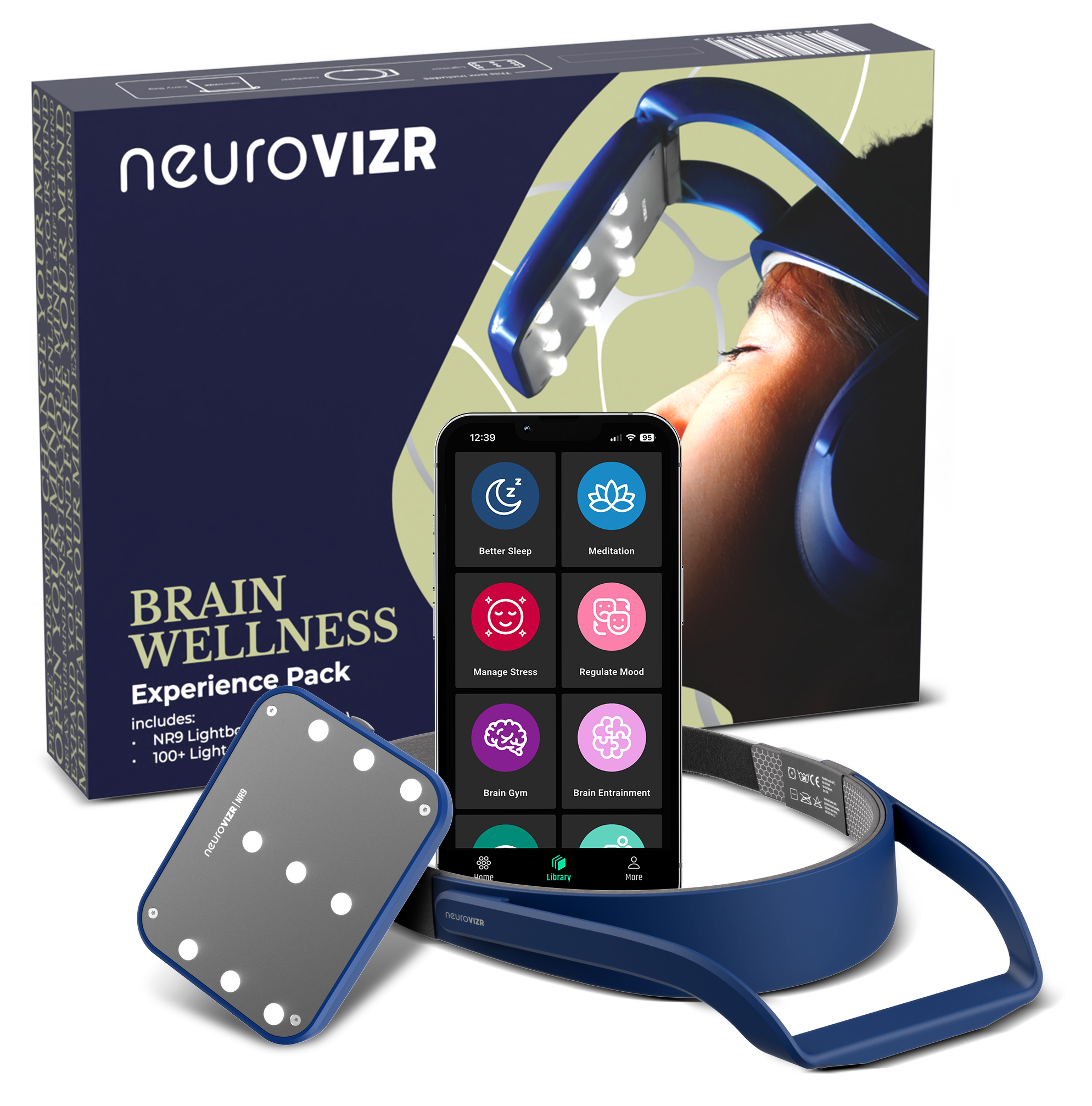

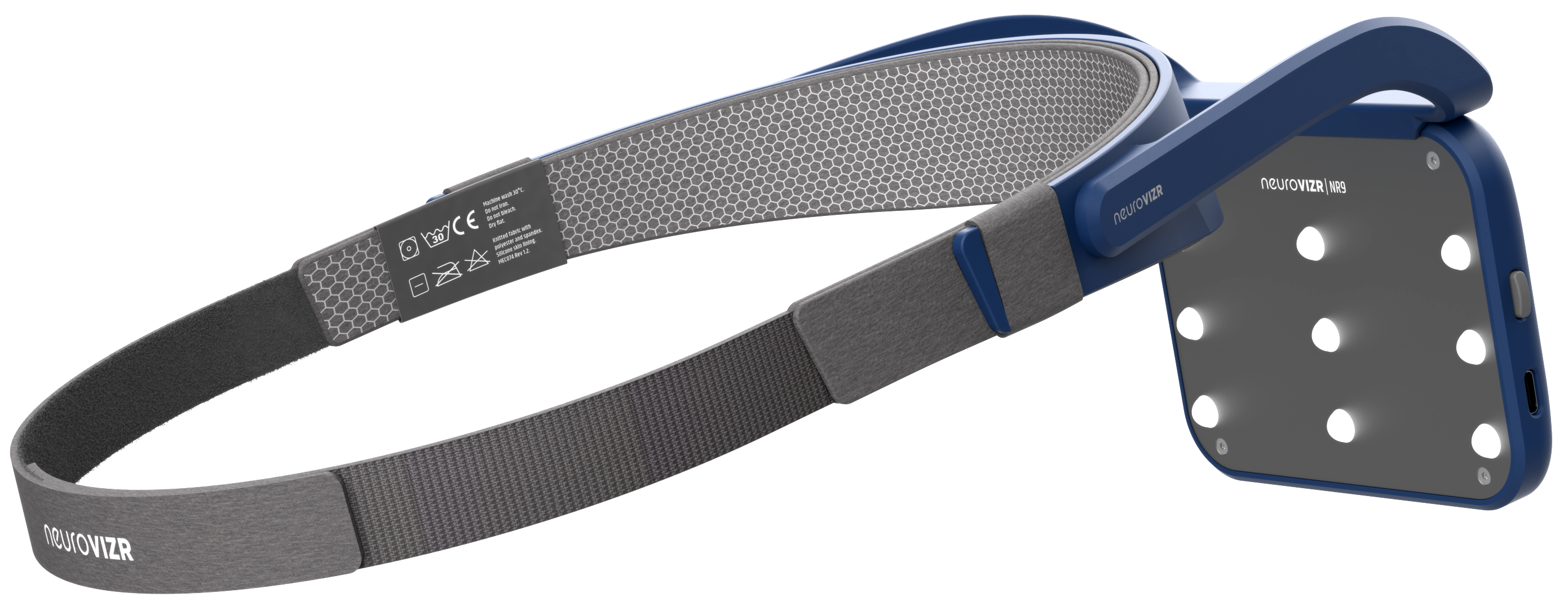
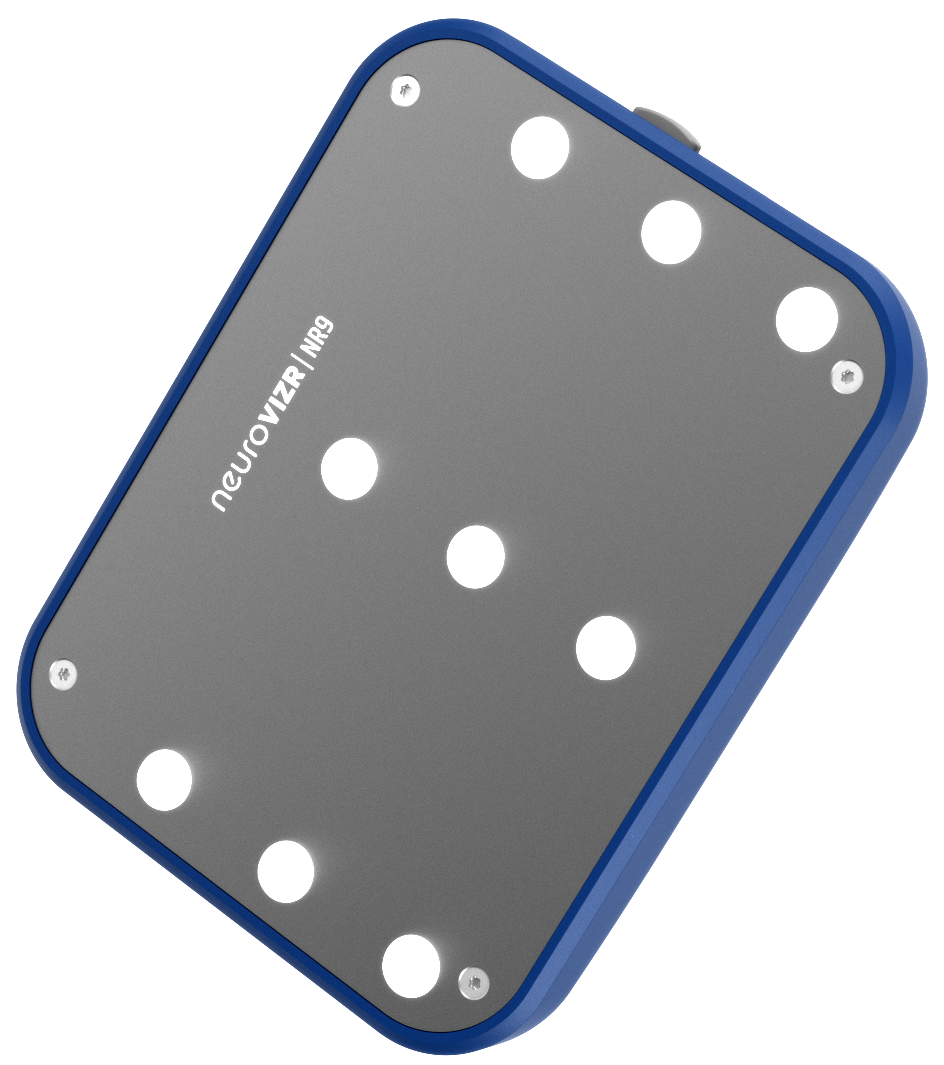
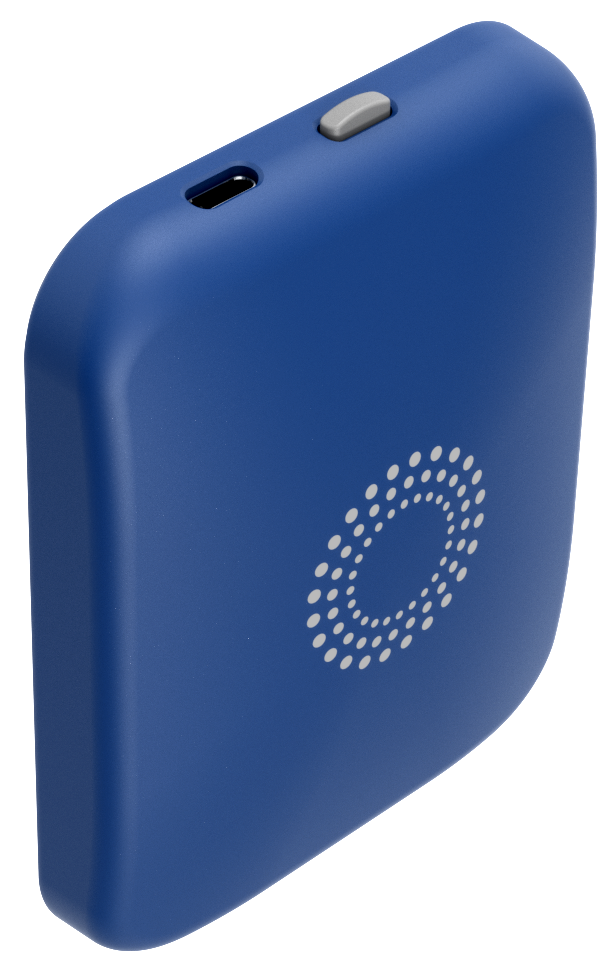
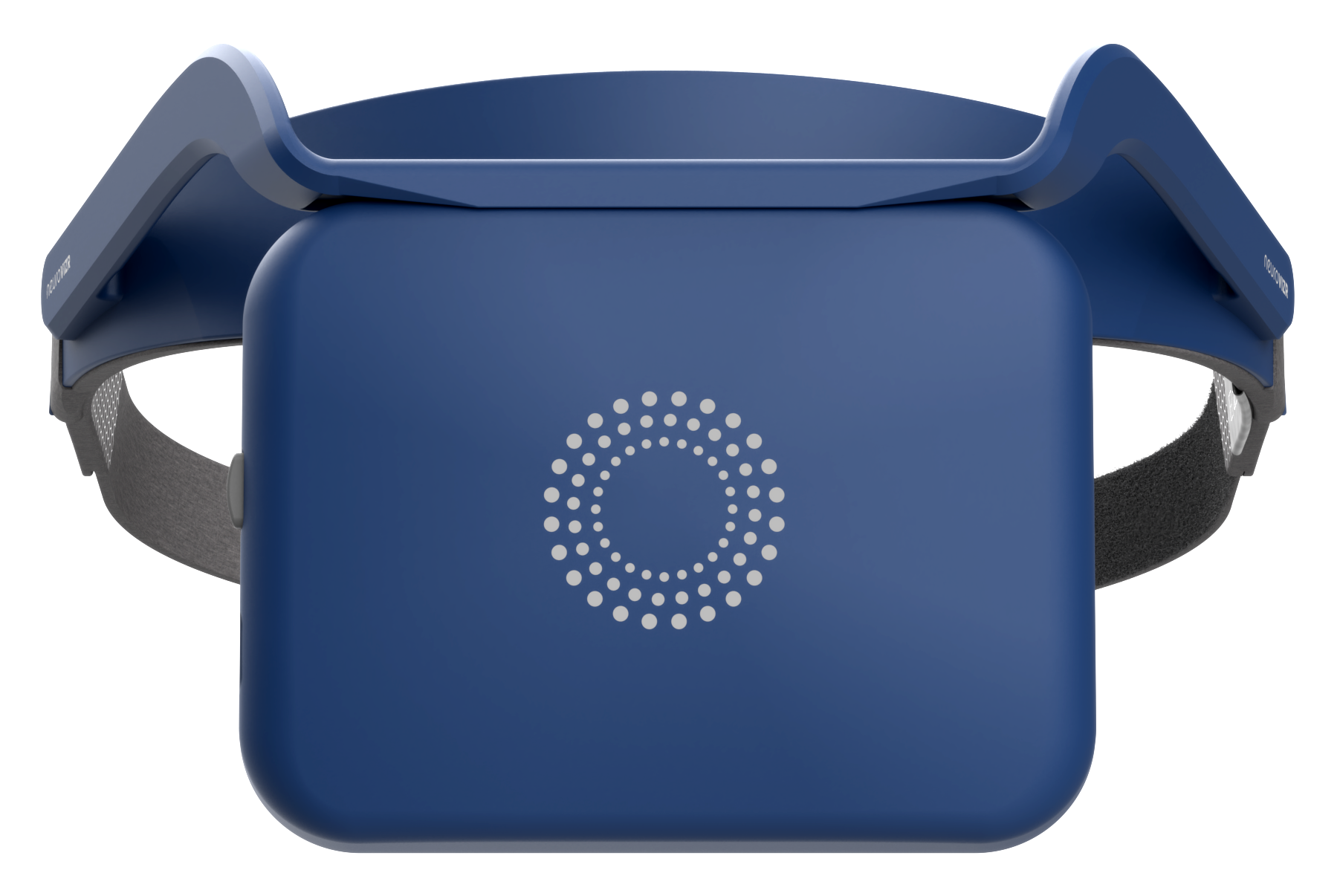
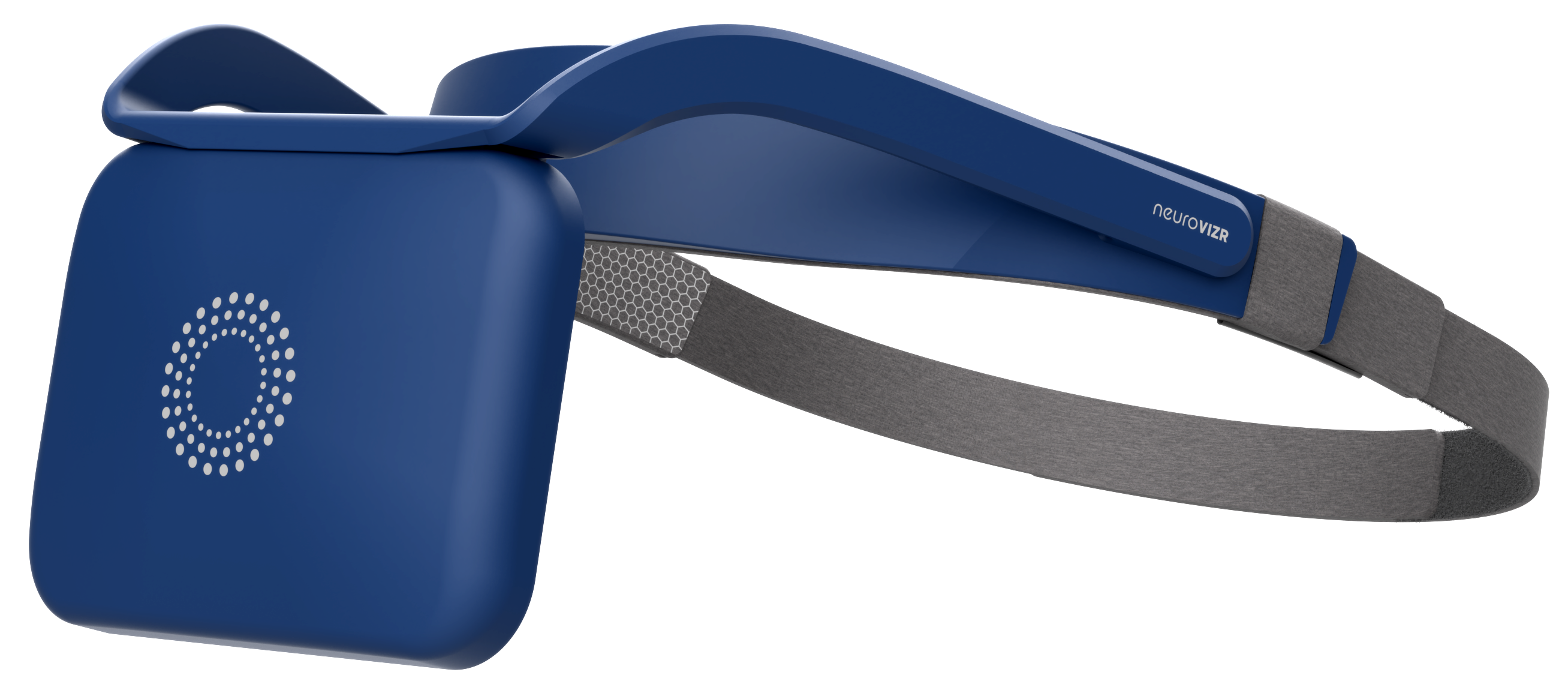
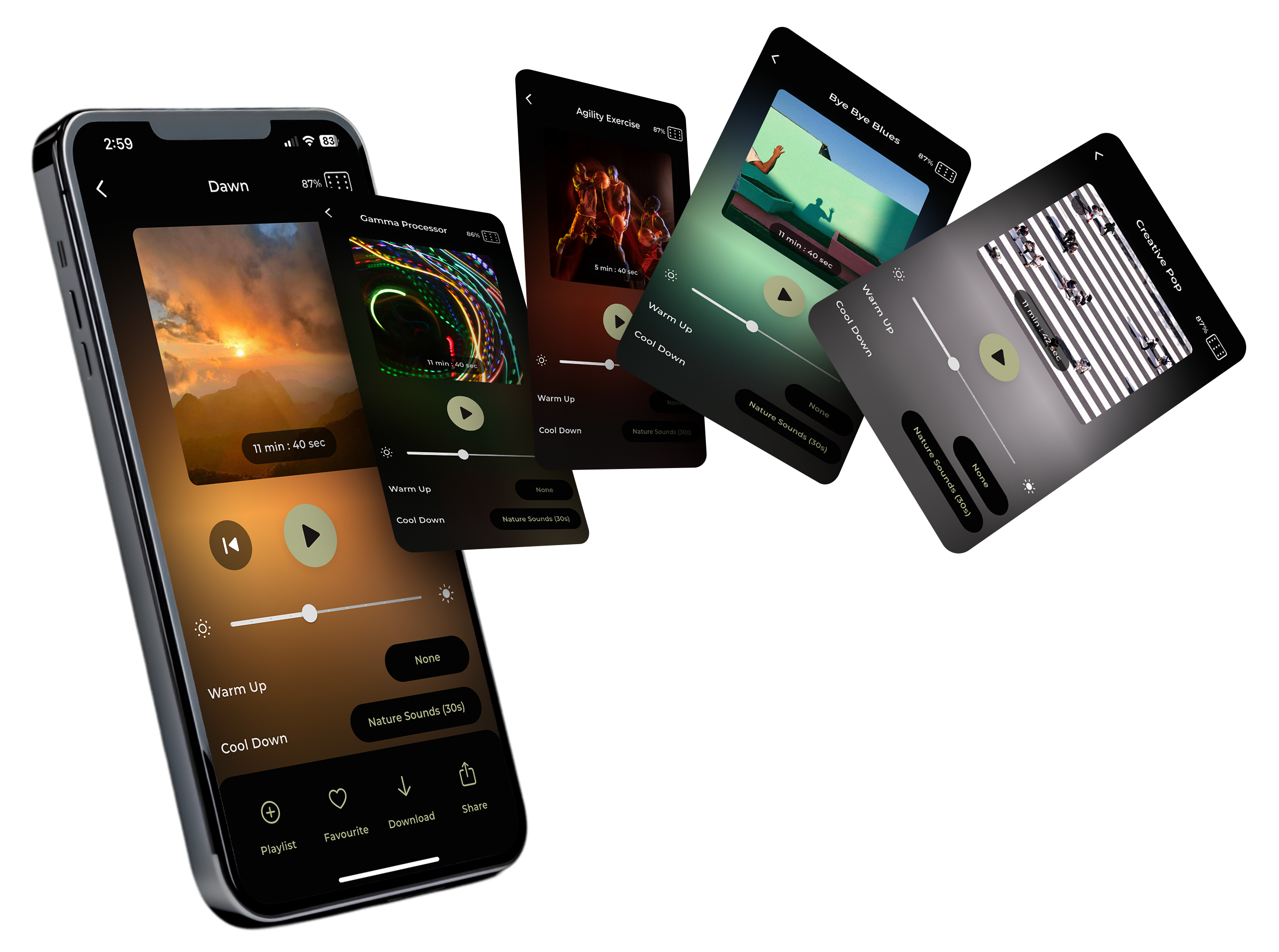
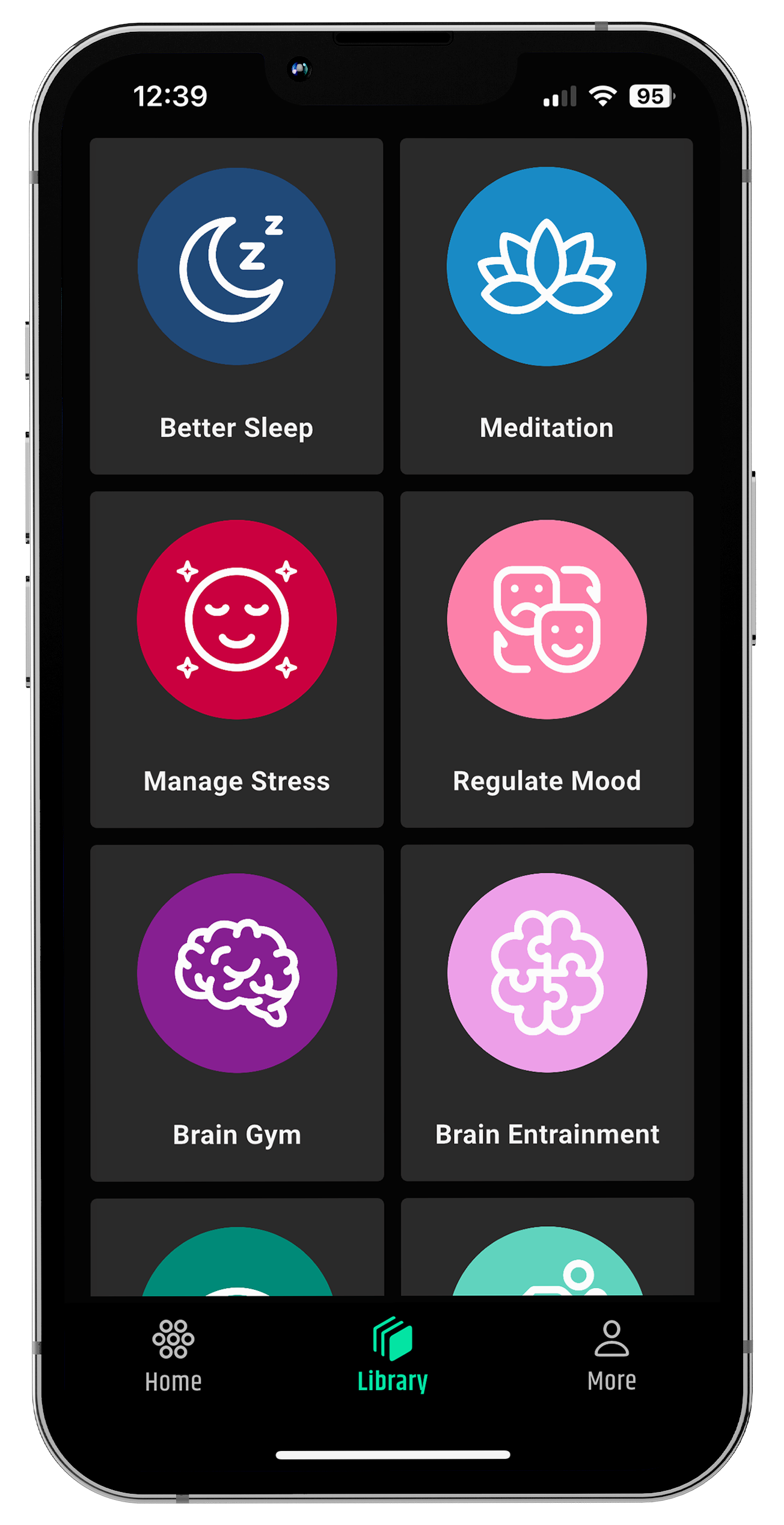
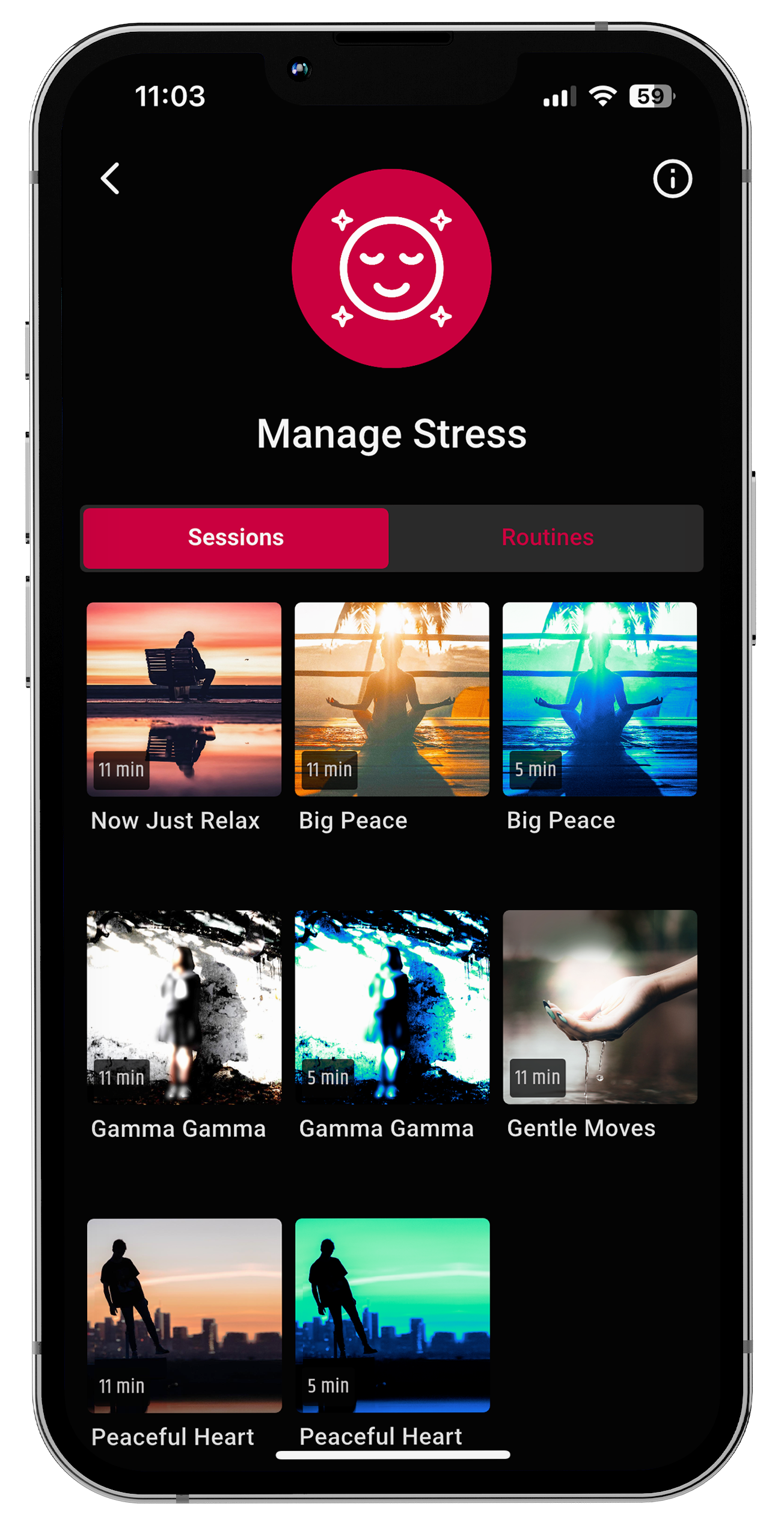
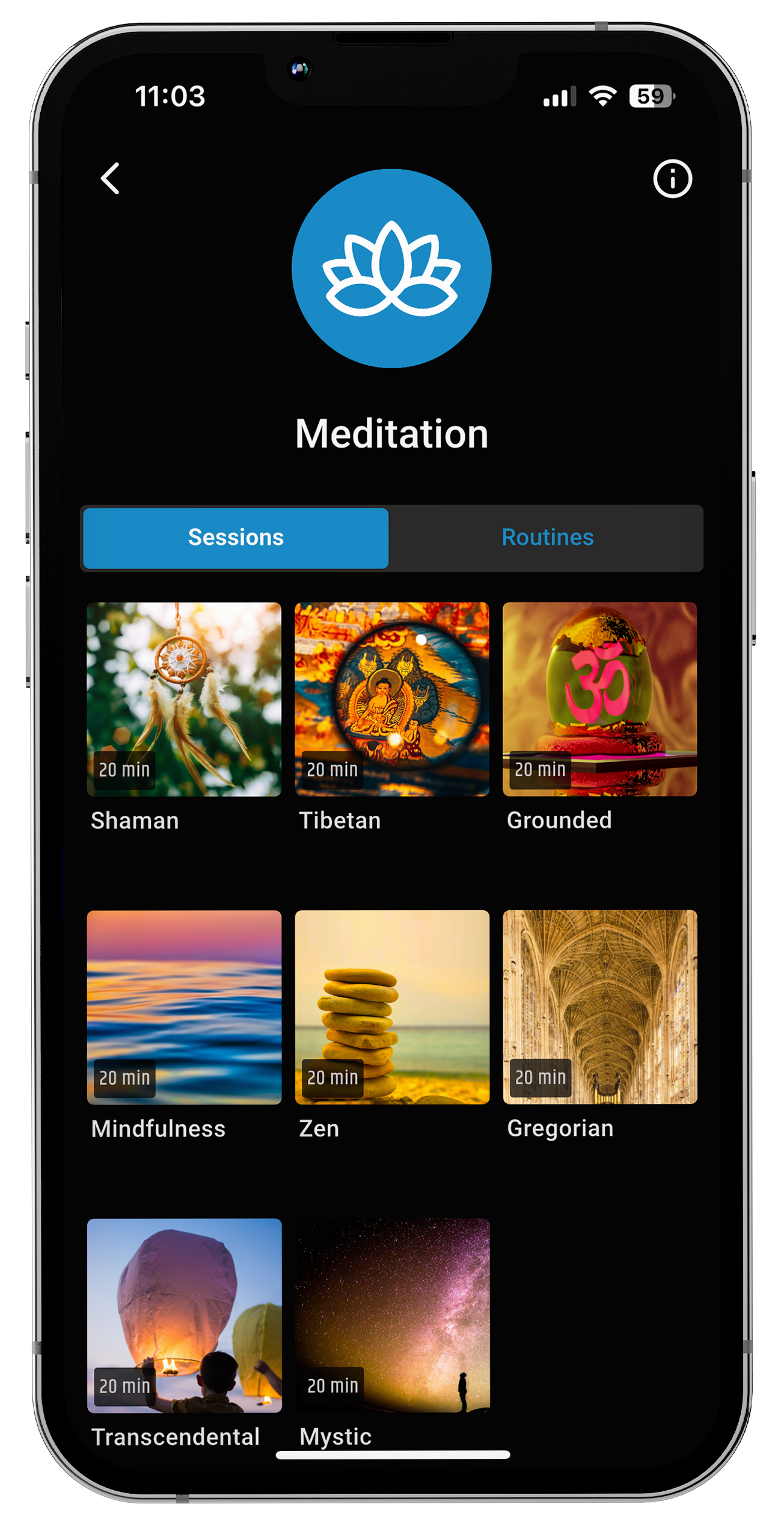
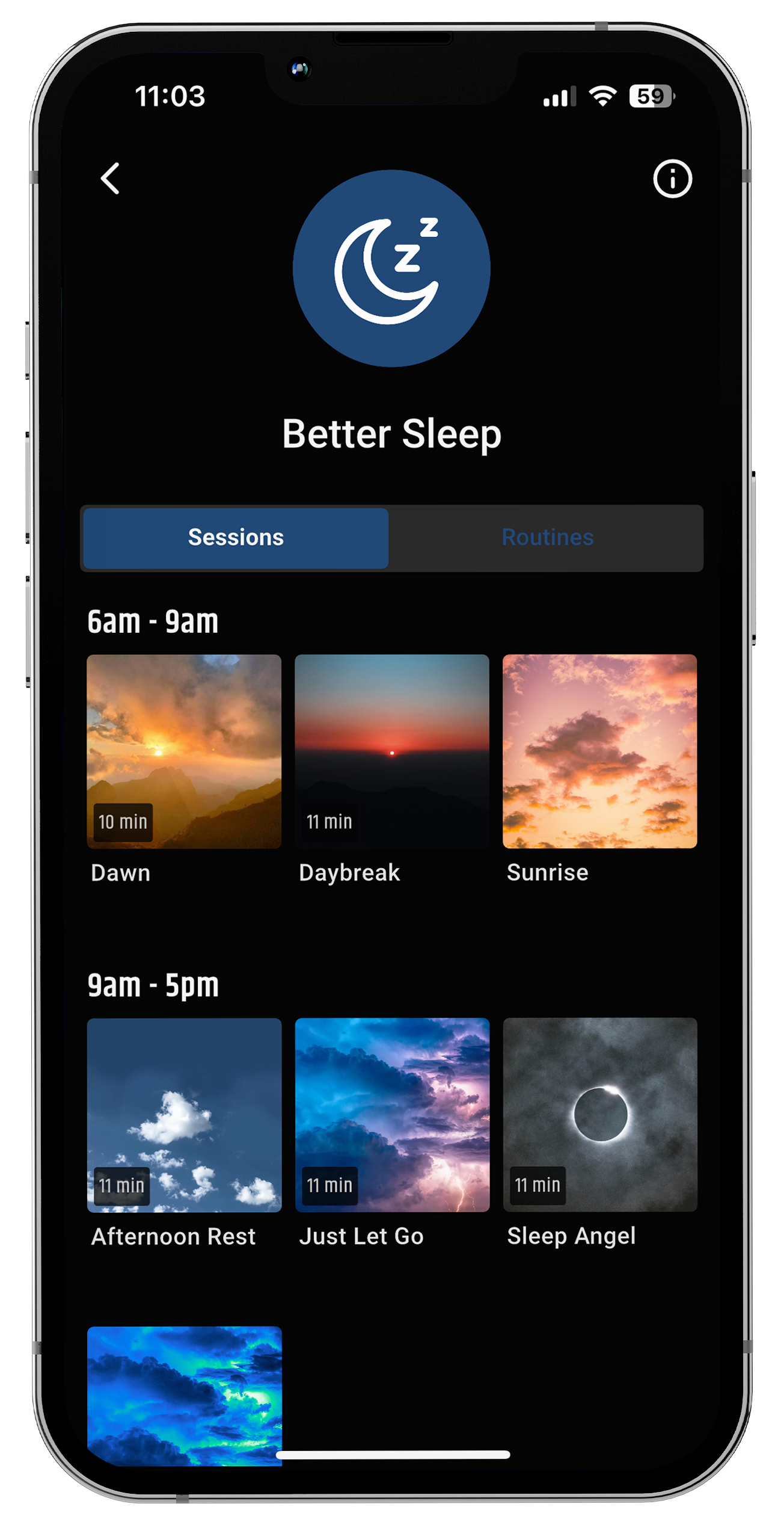
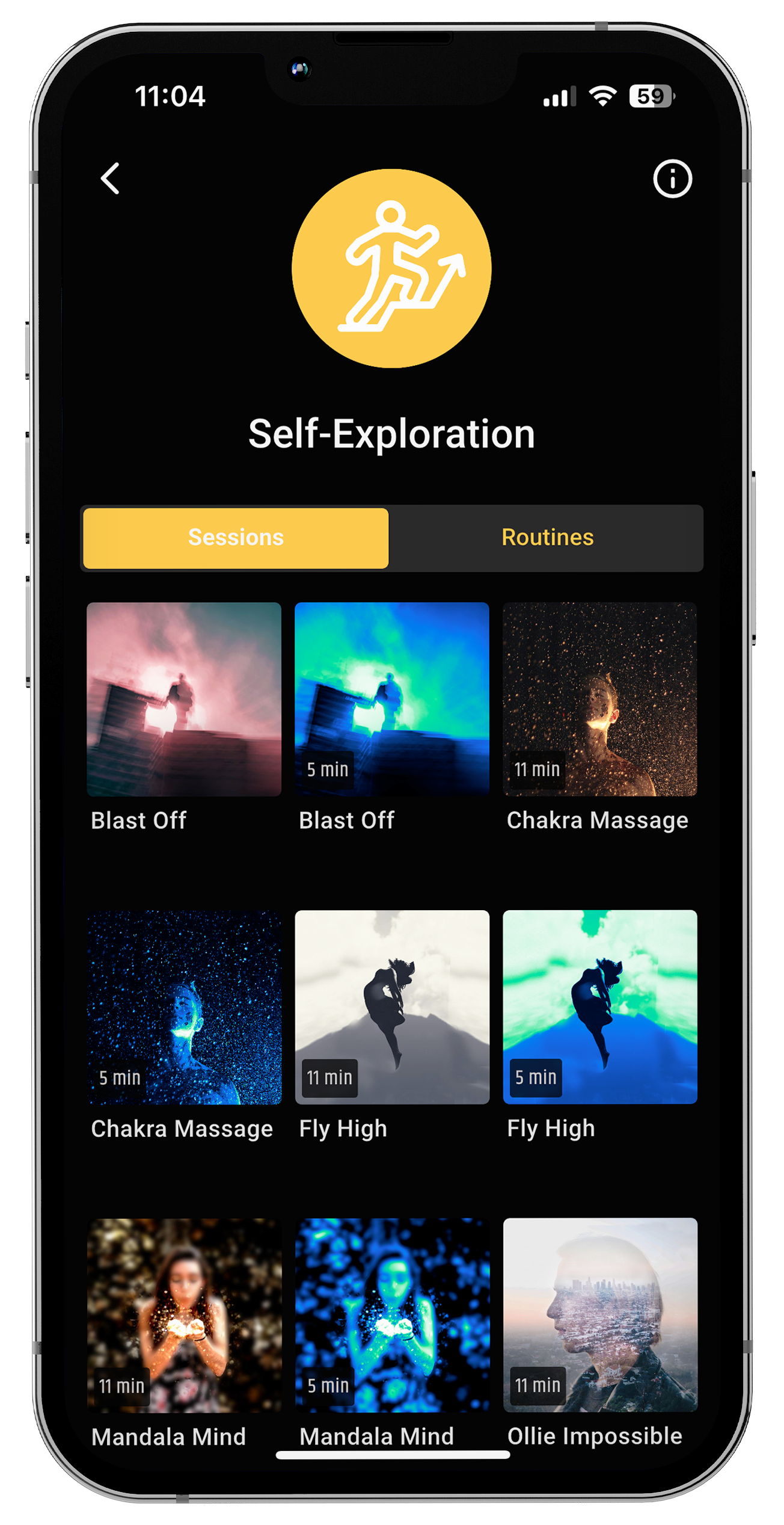
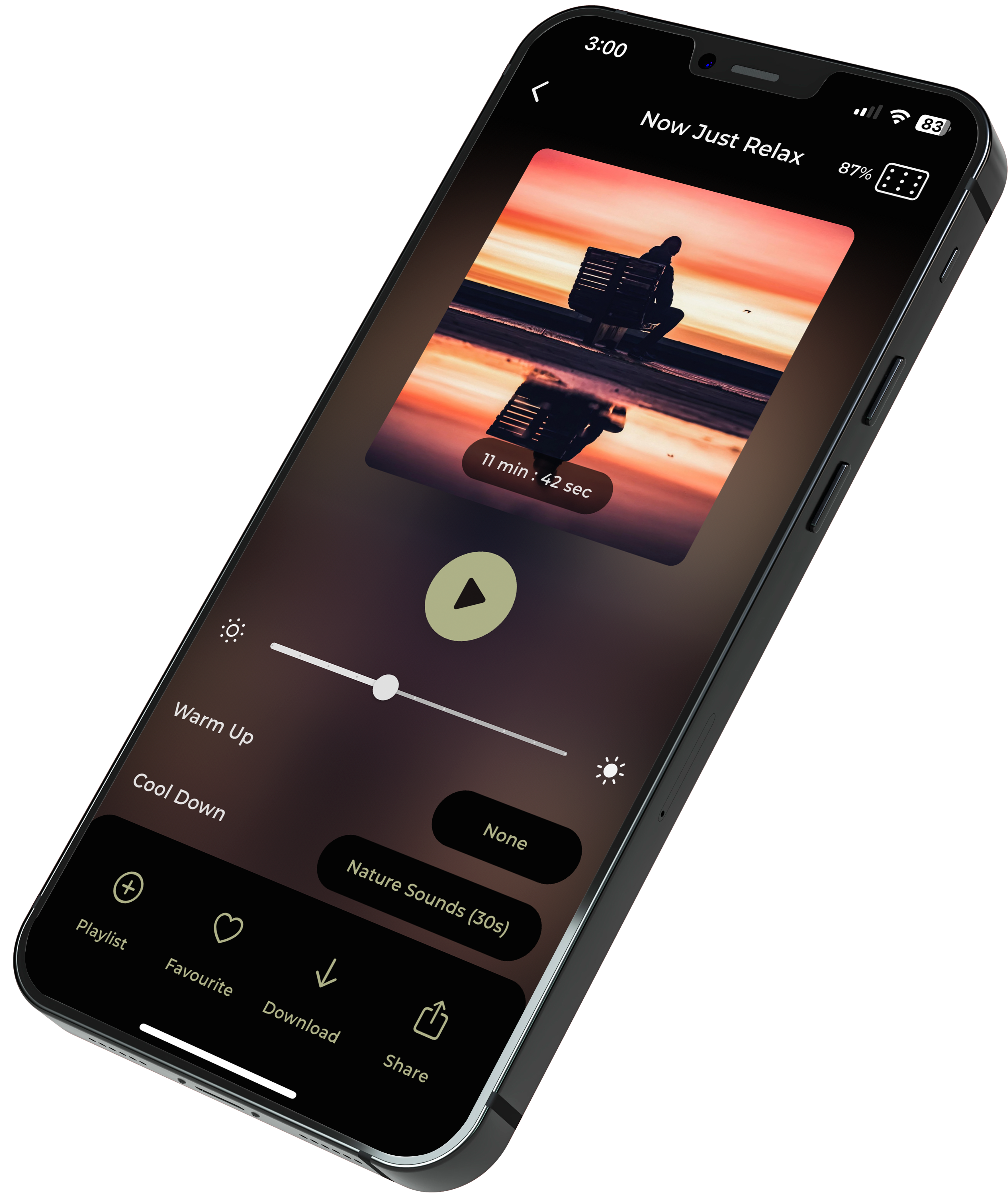


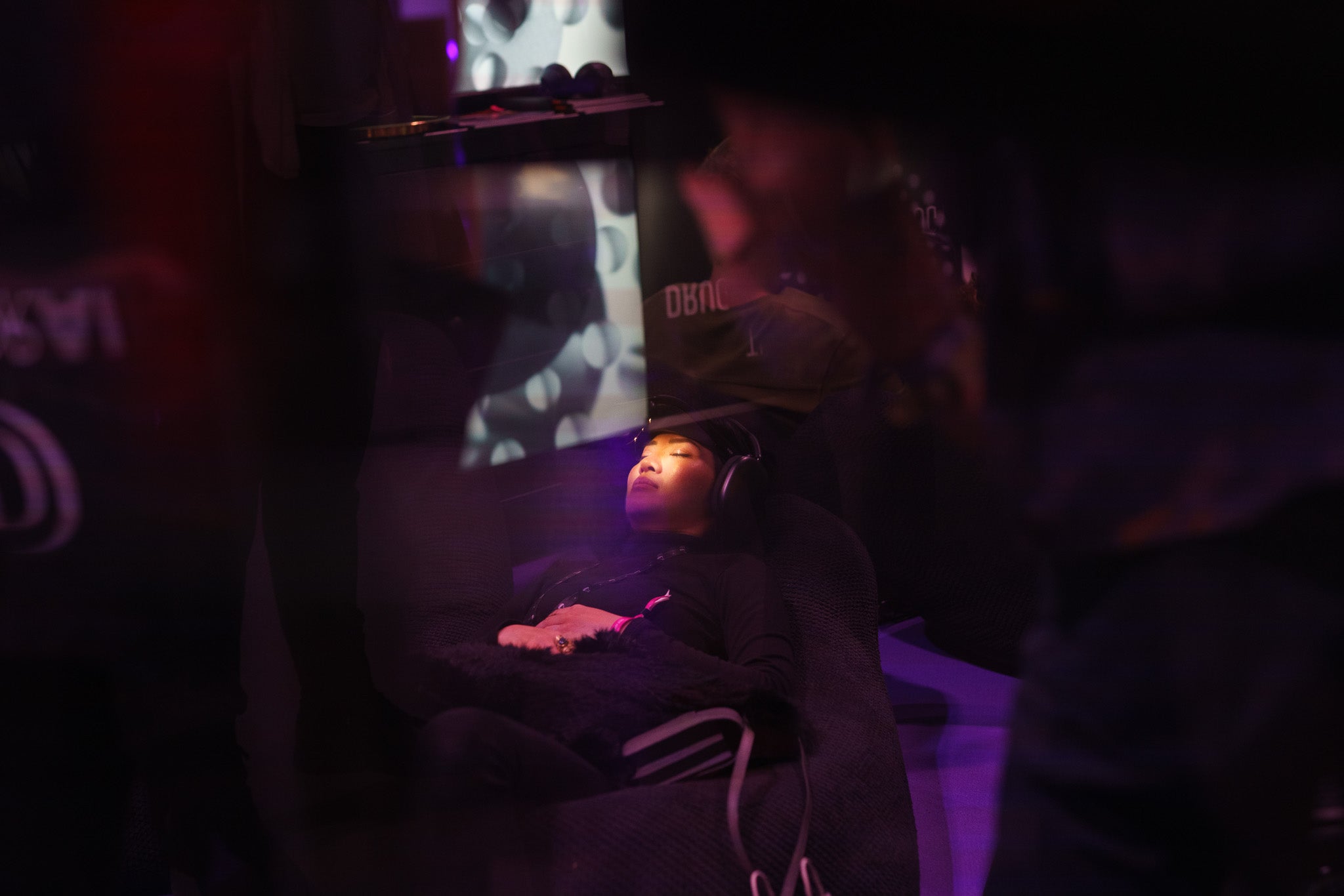

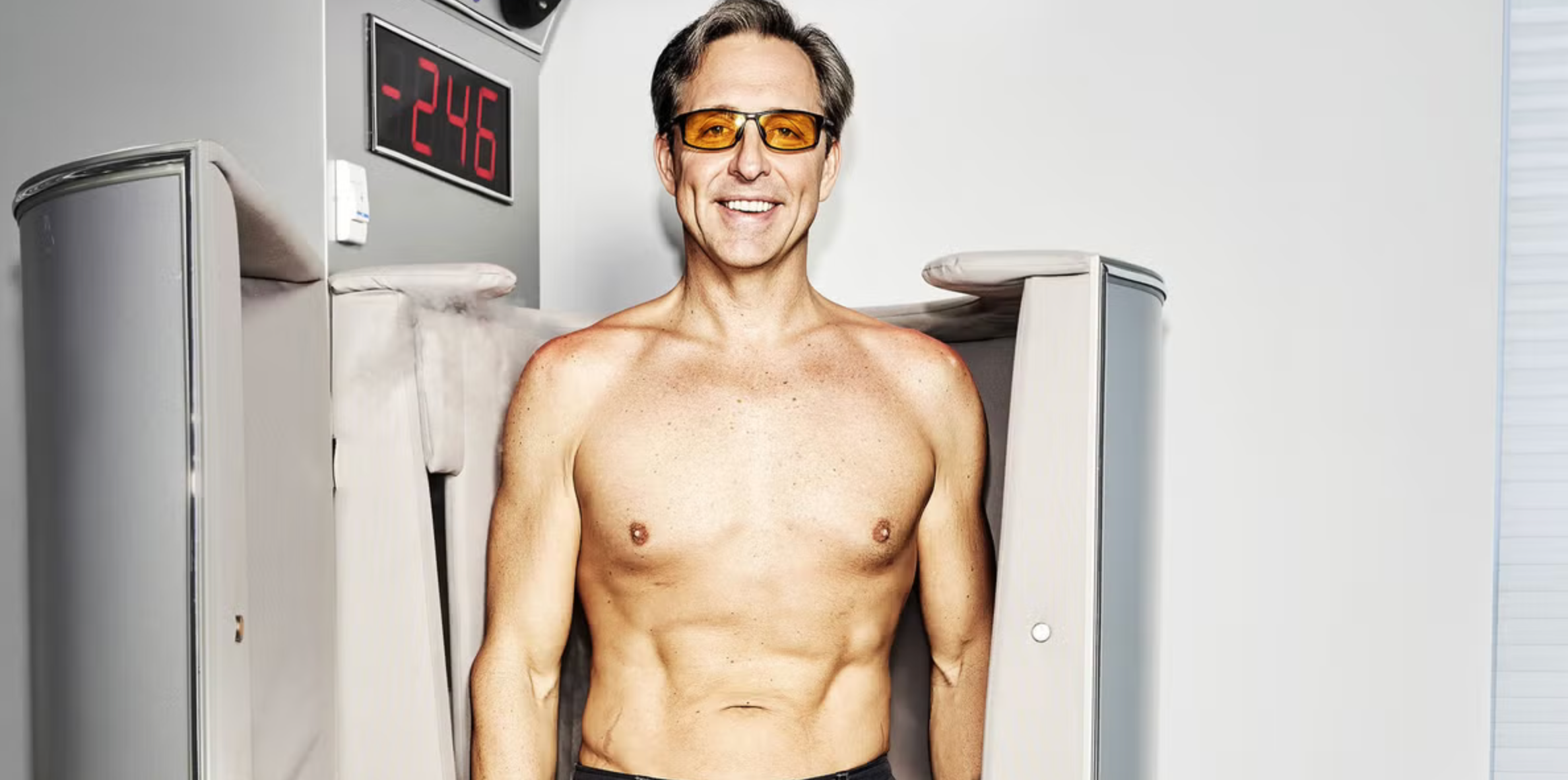

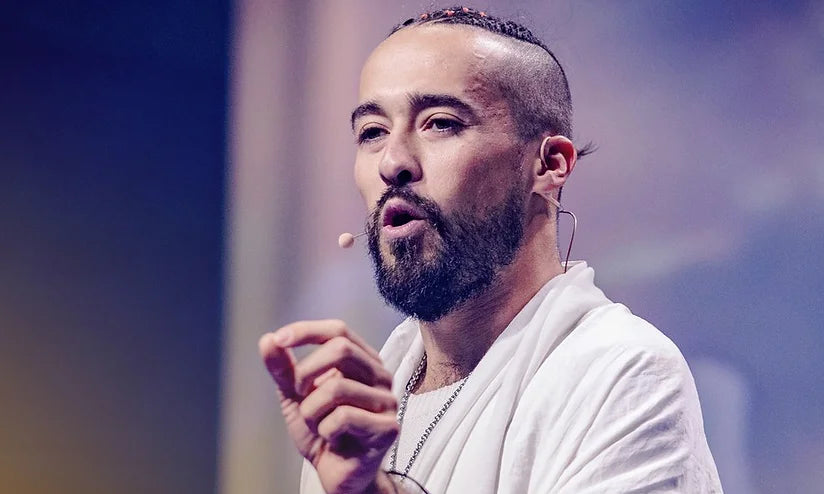
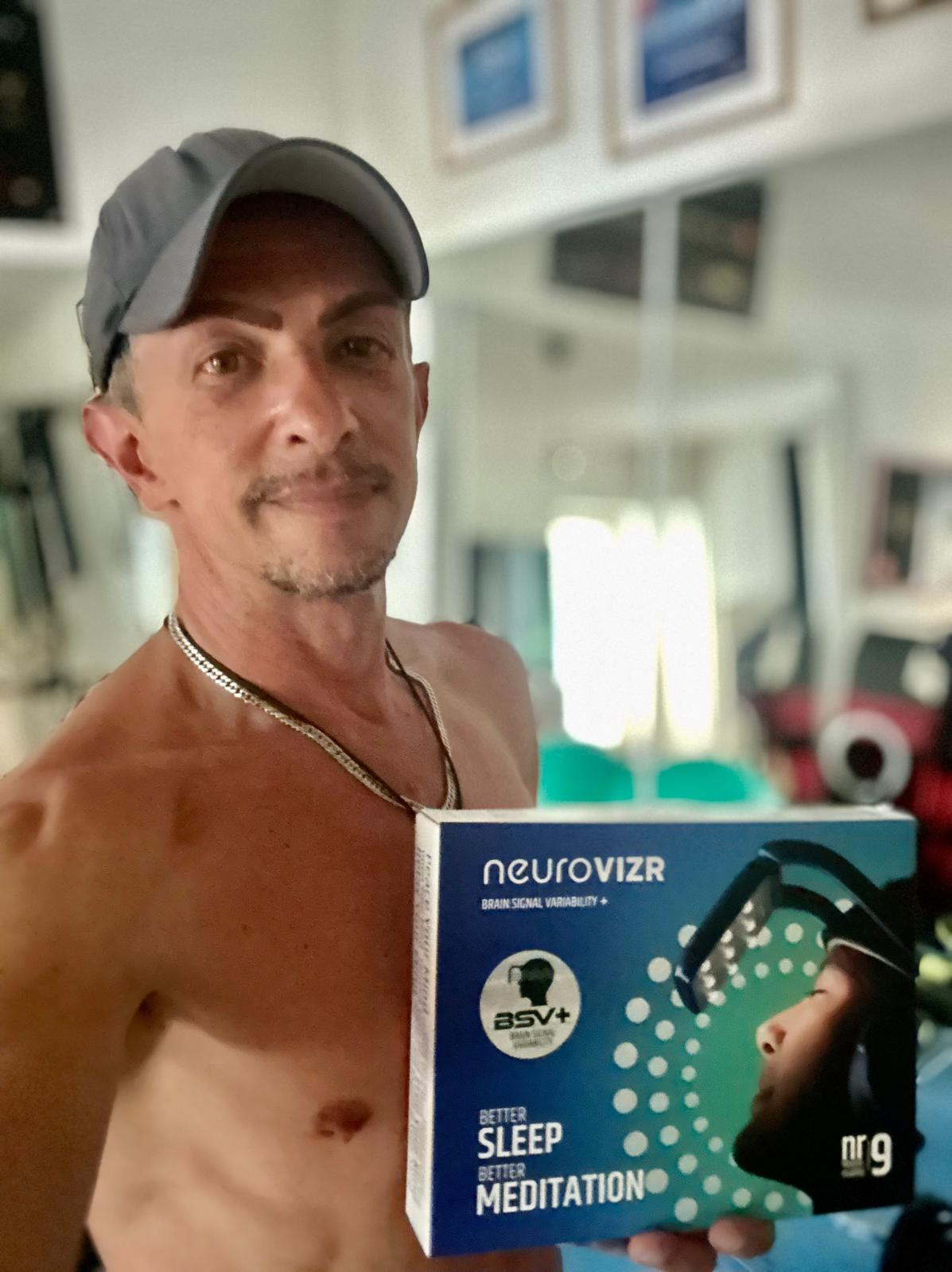
Share:
10-Minute Daily Habits to Improve Memory and Retention
5 Natural Tips to Fall Asleep Faster